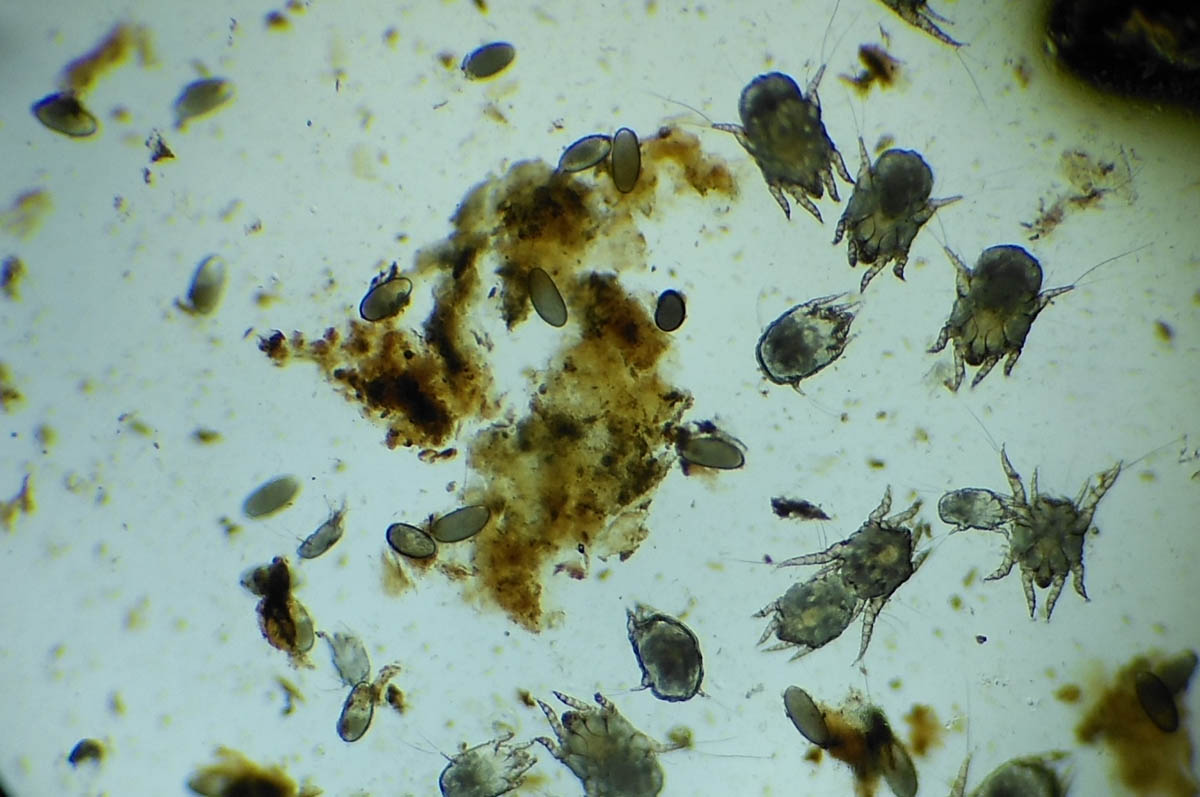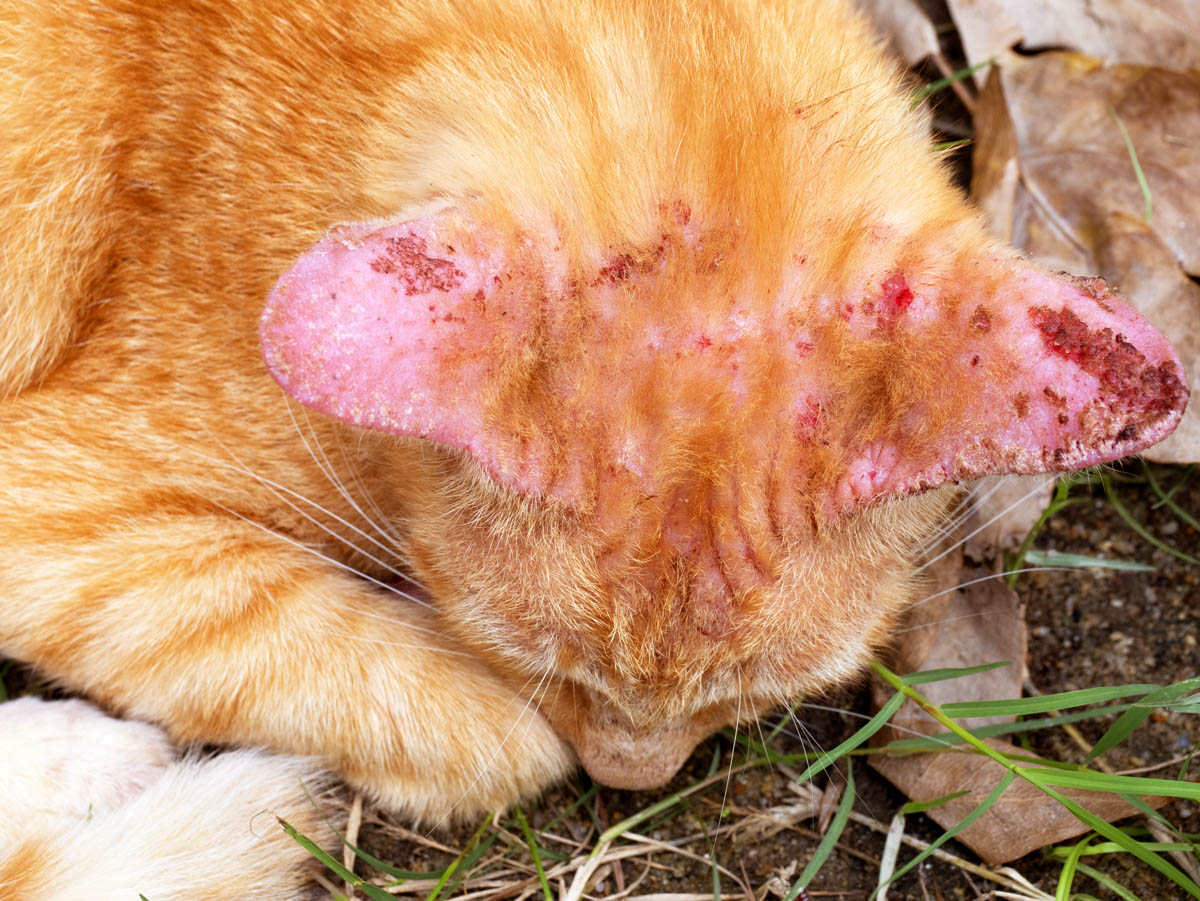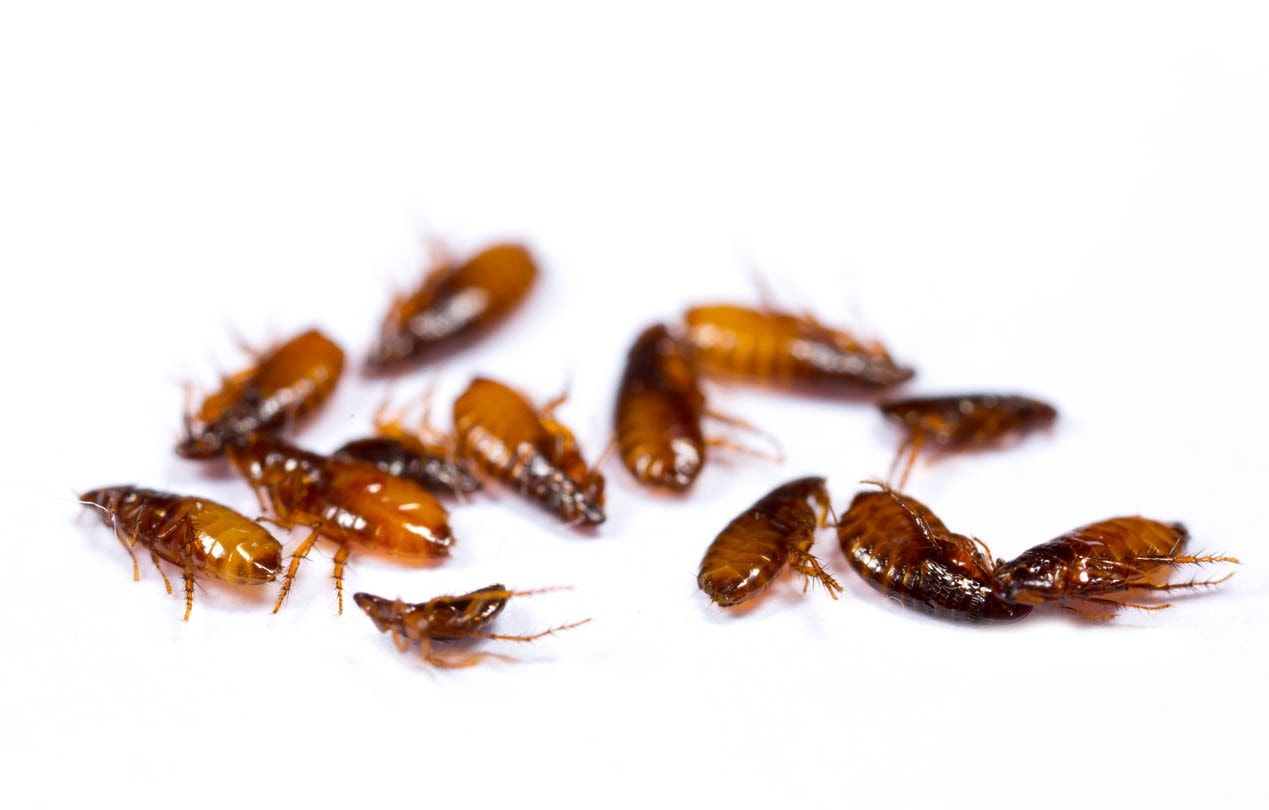Parasites are organisms that survive by feeding off of other creatures. Among cats, parasites generally feed on the animal’s blood, tissues or intestinal contents.
There are many types of worms that are internal parasites to cats. If you see small, rice-like debris around your cat’s anus or in her bedding, take her to your veterinarian. He will need to run simple tests to identify what type of worm is present so that he can prescribe the proper medication to eliminate the parasite.
Coccidia
These microscopic parasites live in cells within the lining of the intestines. The most common symptom is diarrhea. Left untreated, the animal becomes extremely weak and dehydrated. Fortunately, coccidiosis is treatable. Drugs such as sulfadimethoxine (Albon) and trimethoprim-sulfadiazine (Tribrissen) are effective in the treatment and prevention of coccidia. However, these drugs do not kill the parasites, but rather inhibit reproduction – elimination of coccidia from the intestine is slow.
Ear mites

Mites take up residence in a cat’s ear canals. As they feed, they cause intense itching. A cat suffering from an infestation of ear mites scratches behind her ears often and is seen violently shaking her head regularly. If you look inside her ears, you will see dark flecks that resemble coffee grounds – these are the mites’ droppings. If you suspect ear mites, contact your veterinarian.
There are several effective treatments for ear mites, such as Fipronil (Frontline) and Selamectin (Revolution). Ear mites are easily treated with eardrops but are very contagious to other cats. If you have a multi-cat household, isolate the infected cat as soon as possible. Ear mites are not transmitted from cats to humans.
Ringworm

Not a true worm, rather the name for a type of fungus, related to the fungus that causes athlete’s foot in humans. Ringworm usually causes no discomfort but is highly contagious to other cats and humans.
Fleas

Perhaps the most infamous pet parasite. Although they eat no more than a drop of blood each, a flea infestation can cause anemia in adult cats and death in kittens. In addition to literally sucking the life from your cat, fleas often transmit tapeworms, as a serious internal parasite. Just a few fleas can cause great discomfort to your cat, especially if she is one of the many animals allergic to fleabites. The best way to conquer a flea invasion is to prevent it in the first place.
If your cat has had fleas in the past, you likely have flea eggs and larvae in your carpet and upholstery. Your veterinarian can suggest a “flea bomb” based on how bad the infestation is. Follow instructions carefully and repeat the treatment as directed to make sure all the generations are eliminated.

